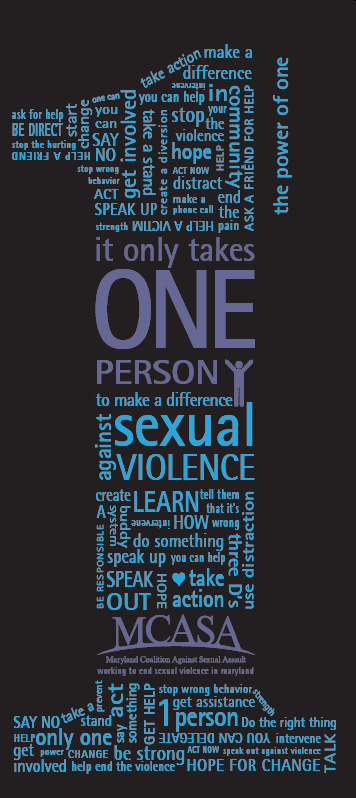
When we think of a problem as big as sexual violence, it can be hard to know how to help. Bystander intervention is one approach we can take by using everyday actions to keep our friends, family, and community safe.
You might recognize concerning behaviors in your friend group, on campus, online, at bars or restaurants, at work, or all the other spaces in your life. There may be times you want to do something to stop the behavior but find it hard. While intervening can be difficult, the good news is that there are so many options to intervene that there’s always something you can do that feels realistic!
When you’re thinking of options, remember the 5D’s:
Always keep your safety in mind when you are intervening. If you ever feel that there is immediate physical danger to yourself or the victim, you should consider staying at a distance, bringing in nearby bystanders, or contacting professionals trained to intervene.
While these actions may seem small, your single decision could prevent harassment, further harm, or sexual assault. When we’re all making the decision to step in, not only are we preventing people from being harmed, but we’re also creating a community where it’s clear sexual violence is not acceptable. To learn more about Bystander Intervention approaches, check out Green Dot and Right to Be.
Spread the word with the downloadable Power of One brochure, available in both English and Spanish.
You might observe a lot of behaviors that make you uneasy; it could be someone touching a person who seems uncomfortable or pressuring them to drink, it could be a sexist or homophobic joke, or someone trying to isolate another person at a party. You may have concerns about things you notice in your loved ones’ relationships.
The more quickly you’re able to recognize when a situation could be harmful or high-risk, the more often you’ll be able to intervene to keep things from escalating. For more information about warning signs in relationships, check out MCASA’s brochure on Healthy Relationships Throughout Life.
Intervening can be hard; most people have probably seen something that concerned them but didn’t act. Maybe you are shy or hate confrontation, or you feel nervous about going against your friend group, or you don’t like involving yourself in other people’s business. Maybe you’re not sure if you’re overreacting, or you think someone else will intervene if you don’t. No matter what obstacles make it hard for you to act, you can use the 5D's to find options that work for you.
An engaged bystander is a person who recognizes sexual violence when it happens and takes action to stop it, but it’s also someone who makes everyday choices to communicate their values around sexual violence prevention. You can proactively set norms in your community just by talking about the issues you care about, bringing up a recent news story, posting or sharing on social media, or showing up to Sexual Assault Awareness Month (SAAM) events. You could recommend a book with themes around sexual violence to your book club, or talk up a new show that has good modeling of consent.
There’s countless ways you can show that these issues matter to you, and when we all take these proactive actions, we’ll create a community where violence will be less likely to happen!